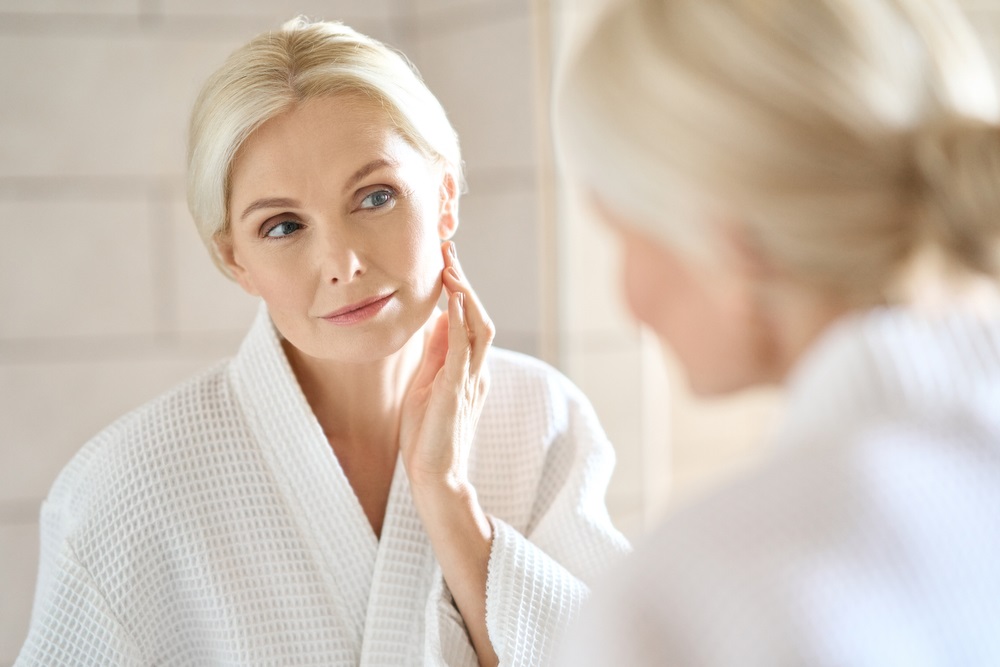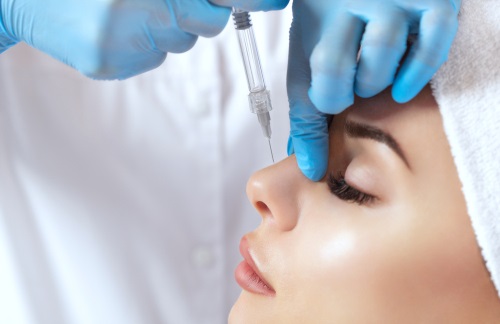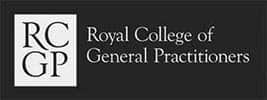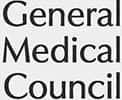The venesection was painless to say the least, thank you for using local anaesthetics; highly recommended
PRP Rejuvenation for Your Skin and Hair
Platelet Rich Plasma (PRP) therapy stimulates collagen production and triggers a skin rejuvenation process to combat the signs of ageing and sagging skin. It can be used anywhere on the face or body and is a great treatment for hair loss. Although this therapy is popular for skin rejuvenation on the face, it is also frequently used on the décolletage, hands, knees, scalp, stretch marks or scars, and under eyes. To further intensify the process, PRP rejuvenation therapy can be combined with micro-needling (known as the “vampire facial”), skin boosters like mesotherapy and dermal fillers to further hydrate the skin and soften fine lines and wrinkles.
What Is PRP Therapy?
PRP therapy is a popular treatment in dermatology and aesthetic medicine because there are no pharmaceutical products used and the result leaves you looking natural and refreshed. Blood platelets contain large numbers of growth factors, which have been extensively researched and widely used in the medical field to promote tissue healing. We utilise the growth factors and proteins retrieved from your blood to rejuvenate the skin. By isolating and separating the PRP from your blood, a concentrated, naturally occurring solution can be injected into precise locations. This procedure increases collagen production, improves volume loss and skin tone, softens wrinkles and gives back your youthful appearance. We go into more detail about PRP therapy on our blog.
How Does PRP Rejuvenation Therapy Work?
A small amount (i.e. 10-20ml) of blood is taken from your arm in the same way as if you were having a blood test taken by your doctor. This blood is then placed in a centrifuge and spun to separate the plasma from the other blood components. PRP is then isolated to be used as an injectable. The whole procedure will take around 30-45 minutes, including injections.
PRP therapy is very safe and continues to be used in various medical fields since the 1970s. There is no risk of allergy or rejection as the PRP is obtained from your blood and the concentrated natural growth factors are only meant for you. You may experience some swelling and slight bruising at the injection site, but this should subside within a day or two.
How Long until PRP Rejuvenation Shows Results?
The results from this procedure are usually noticeable after three weeks, with optimal collagen regeneration taking up to three months to occur. Results typically last up to eighteen months, but the effects of PRP rejuvenation treatment may vary and most conditions will require two to three sessions, usually four to six weeks apart. There is no limit to the number of treatments you can have for skin rejuvenation and maintenance.
How Does PRP Rejuvenation Differ from Other Injectable Treatments?
PRP therapy, dermal fillers and botox are all types of non-surgical cosmetic procedures. Each of these injectable treatments can help you achieve healthier, younger-looking skin with minimal downtime, but the procedure that’s right for you will depend on the results you’re looking for.
While PRP rejuvenation involves the injection of plasma from your own blood, dermal fillers are formulated with pharmaceutical grade hyaluronic acid (HA), a gel-like substance similar to the naturally occurring substance found in the body. HA acts as an internal moisturiser and restores volume to the skin, improving the appearance of sunken areas such as the cheeks and under eyes or filling in other areas such as the nose, jaw or chin to enhance shape and fullness.
Just like the growth factors in platelet-rich plasma boost collagen production, so too do dermal fillers — but whereas you may choose PRP to improve the overall appearance of your skin, dermal fillers are typically a better option if you’d like to enhance your face shape or improve the appearance of specific features. Both treatments used in conjunction can have fantastic results, giving the skin a significant hydration boost while reducing the appearance of fine lines and wrinkles.
Botox differs again from PRP therapy and dermal fillers, as this injectable treatment uses botulinum toxin type A to temporarily prevent targeted muscles from moving. Produced by the bacterium Clostridium botulinum, the toxin works by blocking signals from the nerves to the muscles, preventing the injected muscle from contracting. Botox injections are typically used to reduce the appearance of wrinkles in the face, particularly in the forehead and around the eyes, but they can also be used on other facial problem areas such as dimpled chin, gummy smile, nose lines and neckbands.
All of these injectable treatments can be administered in under an hour with minimal side effects and downtime — you could even visit the clinic on your lunch break. If you’re not sure which procedure is right for you, our expert team of skin care specialists can talk you through the available options and help you choose the treatment that’ll achieve your desired results.






















